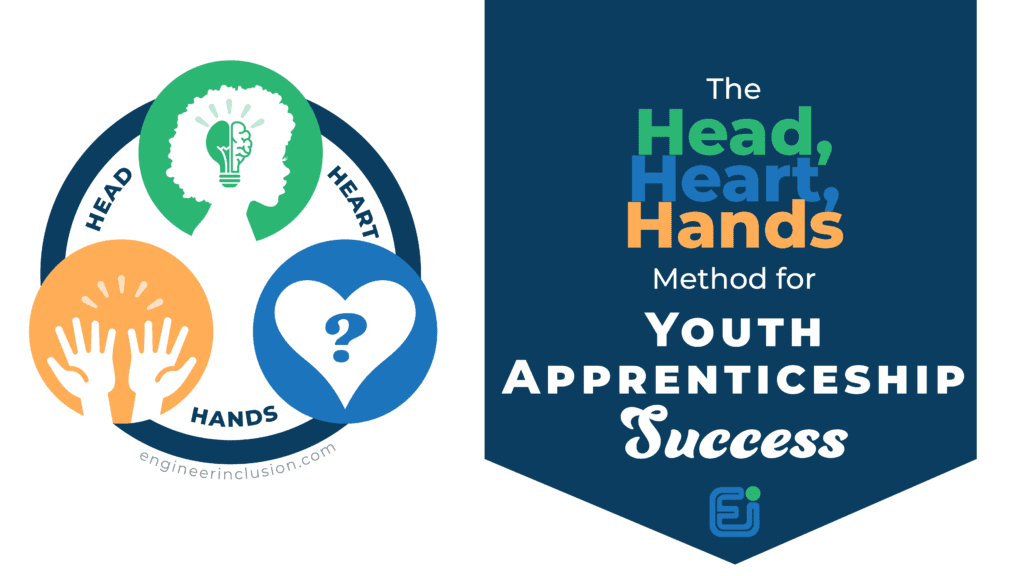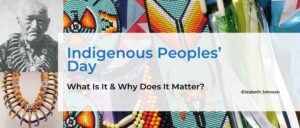Try this tool!
Five fingers.
Five words.
One BOLD question.

In my quest to enhance decision-making and broaden perspectives, I’ve developed a tool that has become incredibly valuable in my daily life. I call it the “What else might be true?” Five-finger countdown. Allow me to share with you its origins, applications, and the magic behind its effectiveness.
Back in my late twenties, I had a conversation with my mentor, Tegwin Pulley, that reshaped how I approach challenges. Frustrated by a situation where I felt targeted professionally, Tegwin posed a simple yet powerful question: “What else might be true?” Initially baffled, I soon realized she was nudging me away from tunnel vision and towards a more open-minded perspective.
How often have you found yourself ensnared by assumptions, blind to alternate possibilities? It’s a common pitfall—one that wastes time, strains relationships, and leads to poor decisions rooted in cognitive biases. The “What Else Might Be True?” approach addresses this issue head-on.

THE SOLUTION
To make this strategy more tangible, I started using my hand to count five possible alternatives—mirroring the five words in the phrase. Imagine your hand expanding along with your mind, opening doors to new ideas while sidestepping the confines of biased thinking. This simple gesture prevents us from tumbling into costly rabbit holes of misconception.
Consider the scenario where someone misses a deadline. Our initial conclusion might label them as lazy, affecting our interactions moving forward. By employing the five-finger countdown and contemplating five alternative explanations, we shift towards expansive thinking:
- Maybe something personal is affecting their performance.
- Maybe my communication about the deadline was unclear.
- Maybe a technical glitch caused the oversight.
- Maybe conflicting priorities diverted their attention.
- Maybe reaching out with empathy could yield insights.
By embracing this broader perspective, we curb our inclination towards fundamental attribution errors and cultivate a more human-centered outlook.
DEFINITION: Fundamental attribution error tends to assume someone’s actions are because of their character rather than circumstances. This is a type of cognitive bias. Learn more here.
Introducing Real-Life Applications of the "What Else Might Be True?" Tool
In our daily lives, we frequently encounter situations that challenge our patience, understanding, and empathy. Whether it’s a misunderstanding with a colleague, a tense family dinner, or an unexpected reaction to a well-intentioned gesture, these moments test our ability to navigate complex emotional landscapes. To bring the “What Else Might Be True?” tool to life, I’ve compiled a series of illustrative scenarios. These examples showcase the practical application of this simple yet powerful technique in various everyday situations. By exploring these scenarios, you can gain insights into how this tool can transform potentially difficult interactions into opportunities for deeper understanding and connection. Let’s dive into these real-life applications to discover how just five fingers can guide us towards more empathetic and effective communication.
Scenario 1: Navigating Tense Conversations
Situation: You’re at a family dinner, and the conversation turns to a controversial topic. The atmosphere becomes charged, and you sense tension rising between some family members.
Action: Before jumping into the fray, you quietly count on your fingers, each time asking yourself, “What else might be true?” This allows you to consider different perspectives and reasons why each person might hold their view.
Outcome: This reflection helps you approach the conversation with greater empathy. You contribute in a way that acknowledges different viewpoints, helping to diffuse the tension and foster a more constructive dialogue.
Scenario 2: Understanding Perceived Slights
Situation: A close friend forgets an important personal event of yours. You feel hurt and slighted.
Action: Instead of reacting immediately, you take a moment to consider five potential reasons for their oversight, each reason a count on your fingers. Maybe they’ve been overwhelmed at work, facing personal issues, or simply forgot in the hustle of daily life.
Outcome: This exercise helps you realize the oversight wasn’t necessarily personal. When you later talk to your friend, your approach is understanding and compassionate, strengthening your bond.
Scenario 3: Dealing with Defensive Reactions
Situation: In a group setting, you correct someone’s statement that you found offensive. They respond defensively and harshly.
Action: Taking a deep breath, you reflect on five reasons they might have snapped back, counting them on your fingers. Perhaps they felt embarrassed, misunderstood, or are dealing with their own related struggles.
Outcome: This understanding helps you realize the complexity of the situation. It guides you to approach future corrections with more sensitivity to the other person’s feelings, promoting more effective and respectful exchanges.
Scenario 4: Addressing Group Prejudices
Situation: During a community meeting, a group starts making biased comments about a marginalized community.
Action: You interject by asking the group, “What else might be true?” and guide them to brainstorm five alternative, non-prejudiced reasons for the situation being discussed.
Outcome: This intervention shifts the group’s perspective, steering the conversation away from harmful stereotypes and towards a more empathetic and factual understanding of the situation.
Scenario 5: Misinterpreted Email or Text
Situation: You receive an email or text from a colleague or family member that comes off as abrupt or rude. Your initial reaction is frustration or anger.
Action: Before responding, you pause and count on your fingers, contemplating five possible reasons behind their tone. Perhaps they were in a hurry, dealing with stress, or their message was simply misinterpreted due to the lack of non-verbal cues.
Outcome: This reflection helps you respond calmly, possibly seeking clarification instead of assuming negative intent. This approach prevents misunderstandings and maintains positive relationships.
Scenario 6: Uncooperative Team Member
Situation: A team member at work isn’t contributing equally, and you feel the urge to confront them about their lack of participation.
Action: You use the five-finger countdown to consider different reasons for their behavior – personal issues, misunderstanding of the task, feeling overwhelmed, lack of skills, or external distractions.
Outcome: This understanding leads to a more empathetic and constructive conversation where you offer help or clarification, leading to improved team dynamics and productivity.
Scenario 7: Unexpected Reaction to a Gift
Situation: You give a carefully chosen gift to a friend or family member, but their reaction is not as enthusiastic as you expected.
Action: Counting on your fingers, you think of five reasons for their lukewarm reaction – they might already have it, they’re preoccupied with personal thoughts, not feeling well, having different tastes, or they’re simply not good at expressing emotions.
Outcome: This helps you not to take the reaction personally and maintain a positive mood, possibly leading to a more open conversation about their preferences in the future.
Scenario 8: Child’s Reluctance to Participate in Family Activities
Situation: Your child or a young family member shows reluctance or disinterest in participating in family holiday activities.
Action: Using the five-finger countdown, you consider various reasons for their behavior – feeling tired, preferring other activities, feeling left out, recent upsets, or just wanting some alone time.
Outcome: This leads to a more understanding and patient approach, where you can talk to them and find a compromise or solution that makes the holiday enjoyable for everyone.
THE INVITATION
I encourage you to try the “What else might be true?” Five-finger countdown with colleagues, students, family, and anyone else in your circle. Together, we can transform our thought patterns, enhance empathy, and make more informed choices. To delve deeper into this tool, watch this brief 1-minute clip from a past workshop where I explain its nuances.
Let’s embrace the power of diverse viewpoints and foster better understanding. The world is full of possibilities—let’s explore them together.
Share your thoughts
What do you think about this tool? How can using this question help you improve relationships? How can it help you to become a more inclusive leader? Give it a try and report back what you experience.











